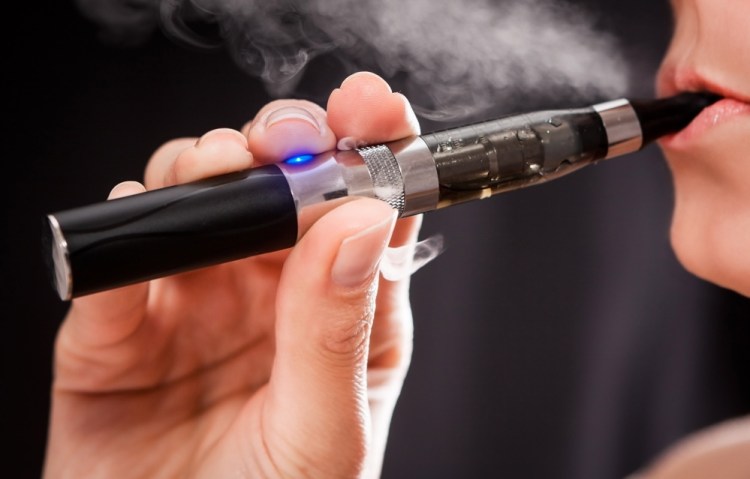Electronic cigarettes have boomed since their introduction to the U.S. market in 2007, fueling the growth of an industry that went largely unregulated until last month. That’s when the Food and Drug Administration finally announced federal restrictions on the devices, including a ban on sales to minors and required safety reviews for products sold to adults.
But while the new rules strike a reasonable middle ground between leniency and prohibition, they don’t go far enough to reduce the appeal of e-cigarettes to young people. Nicotine products that taste like candy or fruit are a particular draw for curious teenagers, and it’s troubling, to say the least, that the FDA overlooked its own data and decided against putting limits on e-cigarette flavorings.
E-cigarettes, also known as vaporizers, or vapes, are small, battery- operated devices that convert a liquid containing nicotine, glycerin and a flavoring into a vapor that users inhale. And while flavors other than menthol are banned in traditional cigarettes in the U.S., e-cigarette users can choose from a vast menu of more than 7,000 flavorings, including bubble gum, cotton candy, Gummy Bear and a combination of milk chocolate and peanut butter.
These sweet flavorings are especially enticing to young people, whose use of e-cigarettes tripled between 2013 and 2014 and continues to soar, even as the percentage of those who smoke conventional cigarettes has dwindled. The rate of U.S. high school students who vape rose from 1.5 percent in 2011 to 16 percent in 2015, according to the U.S. Centers for Disease Control and Prevention. Over the same period, vaping rates among middle schoolers went from 0.6 percent to 5 percent.
Eighty-one percent of first-time e-cigarette users ages 12 to 17 opted for a flavored product, while 85 percent of those who continued to vape regularly chose flavorings, scientists at the FDA, the National Institute on Drug Abuse and other institutions concluded in a study published last year.
The popularity of e-cigarettes means that “teen tobacco use hasn’t declined at all since 2011,” the online magazine The Verge declared in April. And because young e-cigarette users are exposed to nicotine – an addictive drug – at a time when their brains are still developing, they may be more likely to start smoking conventional cigarettes than their peers who’ve never smoked or vaped, according to the CDC.
Vape flavorings clearly are appealing to young people, and by failing to ban or severely limit their sale, the FDA has passed up an obvious opportunity to keep adolescents from developing a deadly addiction. If the agency takes seriously its responsibility to regulate risks to public health, it should recognize and close this loophole.
Send questions/comments to the editors.



Success. Please wait for the page to reload. If the page does not reload within 5 seconds, please refresh the page.
Enter your email and password to access comments.
Hi, to comment on stories you must . This profile is in addition to your subscription and website login.
Already have a commenting profile? .
Invalid username/password.
Please check your email to confirm and complete your registration.
Only subscribers are eligible to post comments. Please subscribe or login first for digital access. Here’s why.
Use the form below to reset your password. When you've submitted your account email, we will send an email with a reset code.